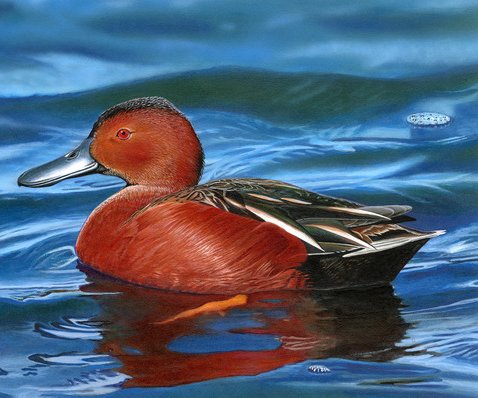Once the season ends, crab traps to take crabs other than Dungeness are allowed north of Pt. Arguello (Santa Barbara County) to the Oregon state line.
What To Do With Crab Traps Once Dungeness Crab Season Ends?
California Outdoors 8-3-22





